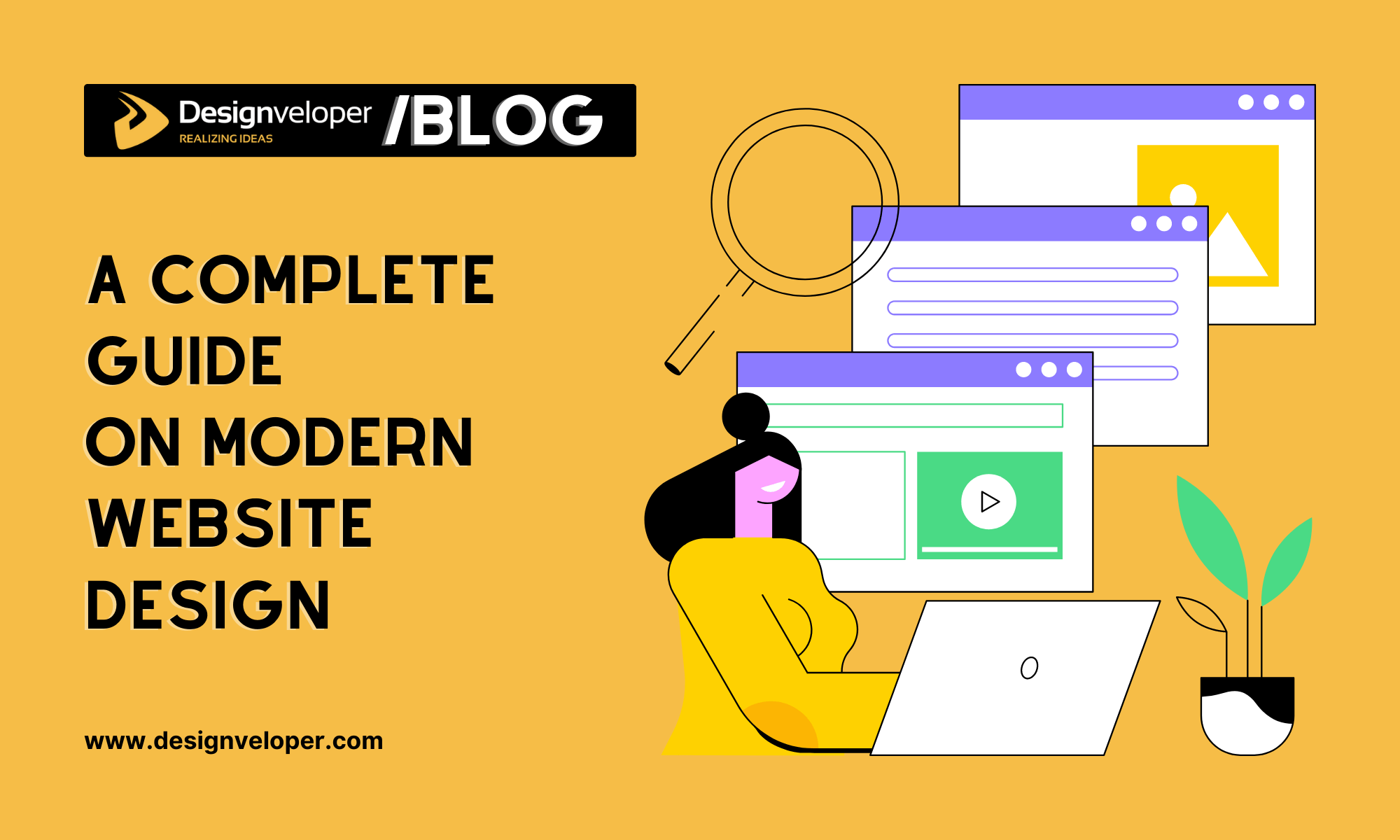Top Tips for Developing an Impactful Site Design That Transforms
In today's digital landscape, the relevance of an impactful website layout can not be overstated, specifically when it concerns converting site visitors into clients. To accomplish this, one have to consider a variety of factors, consisting of comprehending the target audience, prioritizing user experience, and maximizing for mobile platforms. The tactical usage of engaging call-to-actions and a well-defined visual pecking order plays an essential role in assisting customers through their trip. As we discover these crucial aspects, it ends up being evident that the success of your site depends upon even more than just aesthetic appeal; it needs a thoughtful strategy to layout and capability.

Understand Your Target Audience
Understanding your target market is essential to effective internet site style, as it lays the groundwork for developing an appealing user experience. Recognizing that your users are, including their demographics, choices, and habits, makes it possible for developers to tailor the web site's content, format, and performance to meet certain needs.
Performing extensive market research is critical in this process. Studies, interviews, and analytics can supply important understandings into individual expectations and pain factors. By compiling this information, designers can produce customer personalities that stand for different sections of the target market, making sure that layout decisions are notified and pertinent.
Additionally, recognizing the target audience assists in picking appropriate style components such as color design, typography, and images that resonate with individuals. A web site that talks directly to its audience promotes a feeling of connection and count on, motivating longer brows through and higher conversion rates.
Eventually, a user-centered strategy to web site layout not only enhances individual contentment but additionally supports service purposes by driving engagement and loyalty. By prioritizing the needs and preferences of the target audience, a web site can properly offer its objective and achieve desired outcomes.
Prioritize User Experience
To enhance the overall efficiency of a site, prioritizing individual experience (UX) is vital (Website Design). A properly designed UX makes sure that site visitors can navigate the site effortlessly, find information quickly, and engage with content meaningfully. This leads to raised customer satisfaction and greater conversion prices
Begin by carrying out user-friendly navigation. Menus ought to be realistically structured, allowing customers to situate crucial areas of the site with marginal initiative. Uniformity in design elements, such as color design and typefaces, fosters familiarity, which is essential for preserving user involvement.
In addition, think about the loading speed of your website. A delay of just a few secs can lead to substantial drop-offs, as customers are less likely to await a slow-loading web page. Improving images and maximizing code can improve efficiency and maintain visitors.
By prioritizing individual experience, you not just develop a more pleasurable atmosphere for site visitors yet also strengthen your brand's trustworthiness. Inevitably, an emphasis on UX is an investment in the long-term success of your site.
Enhance for Mobile Tools
Maximizing for mobile tools is crucial in today's digital landscape, where an enhancing number of individuals gain access to web sites via smart devices and tablet computers. A mobile-friendly design not just boosts customer experience yet additionally plays a significant role in improving search engine rankings. To achieve this, it is vital to adopt a receptive layout that immediately adapts to numerous display dimensions and positionings.

Packing speed is an additional essential aspect; mobile users are typically much less individual and expect rapid access to information. Maximize pictures and leverage internet browser caching to improve efficiency. Ultimately, test your web site on multiple devices and screen resolutions to recognize and correct any prospective usability concerns. By focusing on mobile optimization, you guarantee that your website stays affordable and have a peek here efficiently involves a broader target market.
Usage Compelling Call-to-Actions
A site's performance often hinges on its capability to lead visitors toward preferred activities, making engaging call-to-actions (CTAs) essential components of style. CTAs offer as the crucial points that guide individuals to involve with the website, whether that suggests buying, registering for a newsletter, or downloading and install a source.
To create effective CTAs, quality is extremely important. Usage succinct language that plainly interacts the action you want the user to take.
In addition, think about using directional signs, such as arrows or images, to lead individuals toward these switches. By focusing on these components, companies can significantly improve user involvement, driving conversions and ultimately attaining their site's goals.
Focus on Visual Hierarchy
Efficient website layout relies greatly on a well-structured aesthetic pecking order that overviews users with content effortlessly. By organizing aspects in a fashion that prioritizes details, designers can improve customer experience and facilitate decision-making. This includes utilizing size, shade, comparison, and spacing strategically to accentuate the most essential components of a web page.
The usage of larger font styles for headings and subheadings develops a clear difference between different areas, permitting users to scan material easily. Additionally, utilizing contrasting shades for switches and calls-to-action can record user interest and motivate communication. Whitespace is an additional important element; it protects against mess and enables users to focus on crucial messages without disturbances.
Photos and graphics should complement the text while likewise adhering click resources to the well established power structure, enhancing the total message (Website Design). Uniformity in layout components, such as color pattern and typography, further strengthens the visual hierarchy, making navigation intuitive

Verdict
Finally, reliable internet site layout demands a detailed understanding of the target market, prioritization of individual experience, and mobile optimization. The tactical use of compelling call-to-actions and a distinct discover here aesthetic pecking order even more enhances user engagement. By applying these concepts, web sites can accomplish higher conversion prices, making certain that style aspects not only bring in site visitors however likewise facilitate smooth navigating and interaction. Ultimately, a well-executed web site design functions as an essential element in driving user activities and accomplishing business purposes.
Comments on “Low-Cost and Professional Website Design for Small Business Owners”